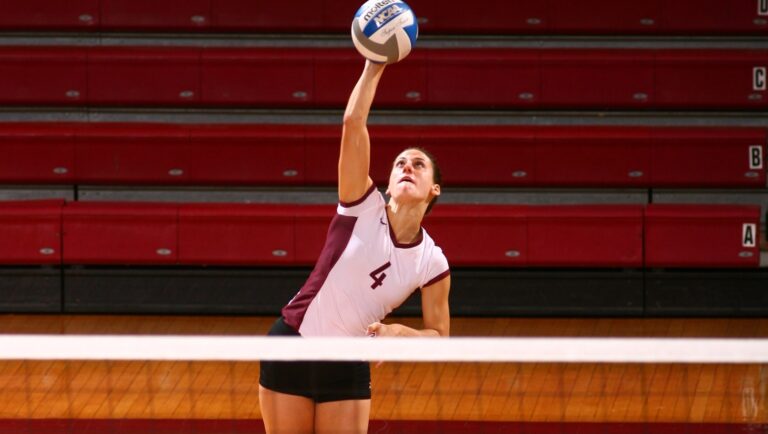Step into any sports bar during a big volleyball match, and you’re likely to hear roars of approval every time the announcer utters a single phrase: “That’s an ace!” But what exactly is an ace in volleyball, and why does it generate so much excitement? This unique aspect of the sport has a rich history and numerous technical and tactical implications, making it a fascinating topic for players, coaches, and fans alike.
For the uninitiated, volleyball may seem like a simple game of hitting a ball over a net. However, the reality is much more complex. With precise serving, strategic positioning, and high-energy teamwork, volleyball is a sport that requires skill, agility, and mental toughness. Central to these demands is the ability to serve an ace. This blog post will explore what it is and its impact on the game.
A Brief Overview
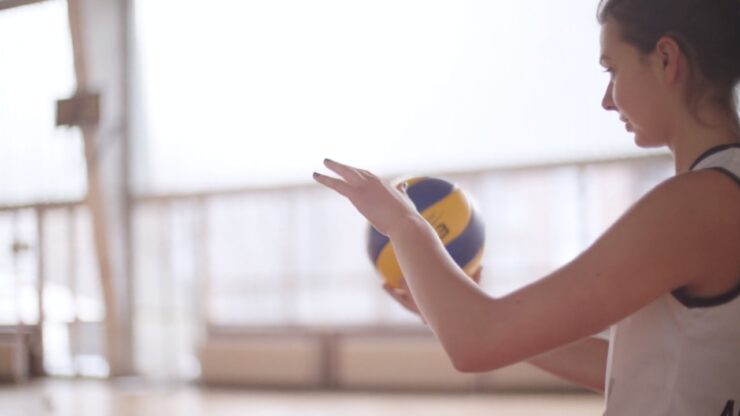
In volleyball, an ace is a serve that results directly in a point, usually without any player of the opposing team touching the ball. Essentially, if the ball hits the opponent’s court without being touched, the serving team scores a point, and this is considered an ‘ace.’ It’s one of the most thrilling parts of the game, illustrating a perfect blend of power, precision, and strategy.
The concept of an ace stems from the inherent challenge of receiving a serve. The server is the only player who has complete control over the ball; the receiver must react based on the ball’s trajectory, speed, and spin. This asymmetry creates opportunities for servers to score points directly, adding a layer of complexity and excitement to the game.
But not all aces are created equal. Some are the result of a powerful serve that overwhelms the receiver, while others come from cleverly placed serves that exploit gaps in the defense. This variability adds another layer of depth to the concept of the ace and sets the stage for a range of fascinating strategies and techniques.
If you want to unlock a defensive gem in volleyball and understand what a dig is and how it can influence the game, click here.
Techniques and Strategies
Serving an ace is about more than just raw power. It requires a careful blend of speed, spin, placement, and deception. One common technique is the jump serve, where the server throws the ball into the air and then leaps to hit it, generating a high-speed serve that can be challenging to receive. This method can be particularly effective in producing aces due to its combination of speed and unpredictable trajectory.
Another popular serving technique is the float serve. Instead of focusing on power, the float serve is all about unpredictability. The server hits the ball in such a way that it moves erratically in the air, making it hard for the receiving team to predict where it will land. This unpredictability can create confusion and hesitation among the receivers, leading to missed receptions and, consequently, aces.
However, it’s not just about the type of serve. The server also needs to consider the positioning of the opposing team and try to exploit any gaps or weaknesses. A server that can consistently target these vulnerabilities will have a higher chance of scoring aces, showcasing the importance of strategy in addition to raw skill.
Impact on the Game
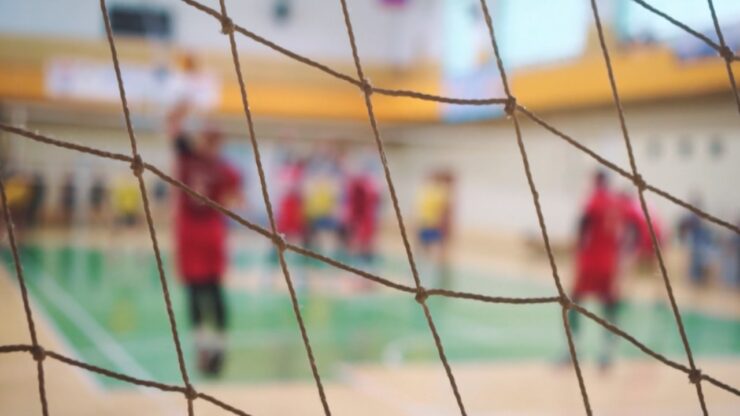
The ability to serve aces can have a massive impact on a volleyball match. Not only does it contribute directly to the team’s score, but it also exerts psychological pressure on the opposing team. Each ace serve represents a failure of the receiving team’s defense, and repeated failures can lead to frustration and loss of morale.
From a tactical perspective, a team with a strong server can also use the threat of an ace to manipulate their opponents. For instance, a team might shift its formation to better defend against a powerful server, creating opportunities for the serving team to exploit other areas of the court. This dynamic further emphasizes the importance of aces within the overall strategy of volleyball.
However, while aces are often game-changing, they can also be risky. A serve that targets the corners of the court in an attempt to score an ace has a higher chance of landing out of bounds, resulting in a point for the opposing team. Therefore, while the prospect of scoring an ace can be enticing, it must be balanced against the risk of giving away points.
When exploring the differences between rally scoring and sideout in volleyball, it’s important to grasp the meaning of sideout and its significance in the game.
Records: Notable Players and Achievements
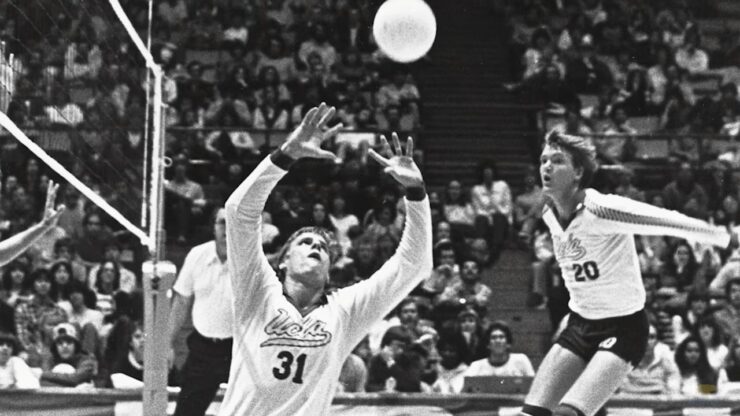
Over the years, many players have made their mark with their exceptional ability to serve aces. Among them is Karch Kiraly, a legendary American player known for his pinpoint accuracy and powerful serves. Another notable player is Sergey Grankin, a Russian player who holds the record for the most aces served in a single match in the Men’s World Championship.
The women’s game also has its ace masters. Gabi Guimaraes of Brazil is famous for her deadly float serves, while Kim Yeon-koung from South Korea is known for her devastating jump serves. Both players have consistently ranked among the top in terms of aces in international competitions.
However, serving aces is not just about individual skills. It’s also about how the team sets up their plays and reacts to the serve. Therefore, while these players deserve recognition for their individual talents, their achievements also highlight the team-oriented nature of volleyball.
Tips for Developing a Strong Serve
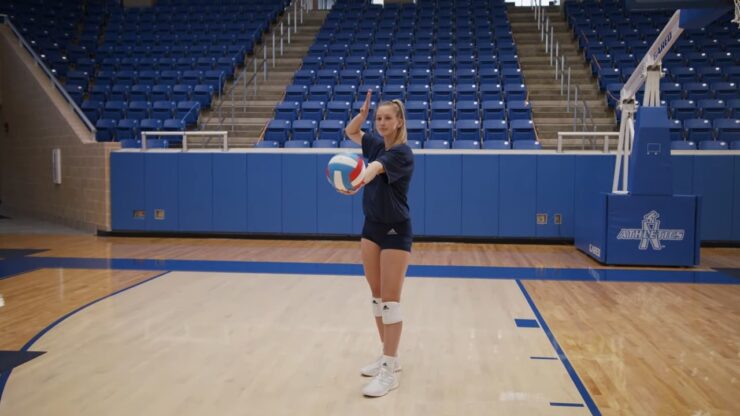
Developing a strong ace serve requires practice, technique, and an understanding of the game’s tactics. First and foremost, a good server needs to master the basic serving techniques. This includes the standing float serve, the jump float serve, and the jump spin serve. Each of these serves has its strengths and weaknesses, and a good server will know when to use each one.
Next, a strong server needs to understand the opposing team’s formation. By recognizing gaps in the defense or weak receivers, the server can target their serves more effectively, increasing their chances of scoring an ace. This tactical understanding is often what separates good servers from great ones.
Lastly, a good server needs to be mentally strong. Serving an ace requires precision under pressure, and the best servers are those who can keep their composure even in high-stakes situations. Therefore, mental training, such as visualization and pressure drills, can be as important as physical training when it comes to developing a strong ace serve.
The Role of Serving Accuracy
While power and speed are essential elements of serving an ace, they mean little without accuracy. A fast, spinning serve that lands out of bounds does not add any value to the team. On the other hand, a well-placed serve, even if it is slower, can disrupt the opponent’s formation, leading to a point.
Accurate serving requires a keen understanding of angles and trajectories, as well as an ability to read the opposing team’s formation. The best servers can pinpoint weaknesses in the defense and exploit them with well-placed serves. This accuracy, coupled with power and spin, can lead to highly effective serves that increase the chance of scoring an ace.
But serving accuracy is not just about where the ball lands. It’s also about how it gets there. An accurate serve with a difficult trajectory can be just as challenging to receive as a fast, powerful serve. Therefore, working on the accuracy of your serve can significantly improve your ability to score aces.
Understanding the duration of a volleyball game is essential for players and spectators alike, as it provides valuable insights into the flow and intensity of the match.
Closing Thoughts
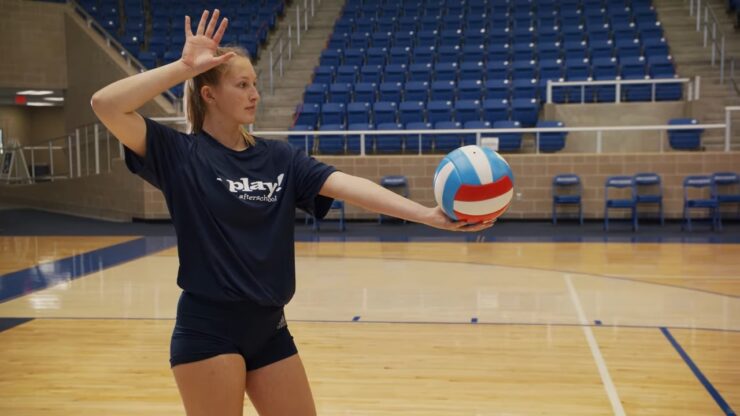
An ace in volleyball is a powerful and skillful serve that lands in the opponent’s court untouched, earning the serving team an immediate point. It is considered one of the most effective and desirable outcomes for the serving team.
A well-executed ace requires precision, power, and strategic placement to catch the opposing team off guard and prevent them from returning the ball. Aces can not only contribute to the scoreline but also boost the serving team’s morale and put pressure on the receiving team.

